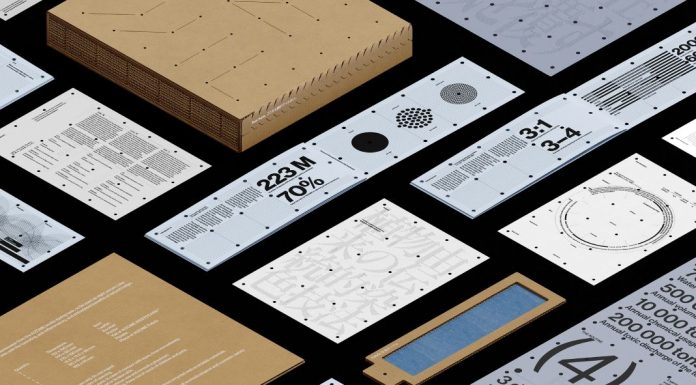Without any doubt, sustainability is a critical concern that extends far beyond the realms of agriculture and energy. It has now made its way into the creative industry, including graphic design. Sustainable graphic design is an approach that focuses on minimizing environmental impact while producing visually compelling and effective designs. In this blog post, we’ll delve into the world of sustainable graphic design and explore eco-friendly practices that designers can adopt to make a positive difference.
Understanding Sustainable Graphic Design
Sustainable graphic design, at its core, is about creating designs that are environmentally responsible throughout their lifecycle. This includes not only the materials used but also the production process and the design’s longevity. Here’s a closer look at some key aspects of sustainable graphic design:
1. Materials and Printing
One of the first steps in practicing sustainable graphic design is selecting eco-friendly materials and printing methods. Designers can choose recycled or sustainable paper stocks and opt for soy or vegetable-based inks, which have a lower environmental impact compared to traditional petroleum-based inks. Additionally, digital printing often consumes less energy and produces fewer emissions than offset printing.
2. Efficient Design Practices
Efficiency is a core principle of sustainability. Designers can reduce waste by optimizing their designs for the specific print job, minimizing the use of ink and paper. Considerations like using smaller font sizes, efficient layouts, and designing for standard paper sizes can significantly reduce waste during production.
3. Longevity and Timelessness
Sustainable graphic design also promotes designs that have a longer lifespan. Instead of following fleeting design trends, designers should aim for timeless aesthetics that won’t quickly become outdated. A timeless design can continue to serve its purpose for years, reducing the need for frequent updates and reprints.
4. Digital Alternatives
In the digital age, designers can explore alternatives to printed materials. Websites, e-books, and digital publications have a smaller environmental footprint compared to traditional print materials. This doesn’t mean abandoning print altogether but using it thoughtfully and sparingly.
5. Responsible Disposal
Consider what happens to your designs after their intended use. Encourage clients to recycle or properly dispose of printed materials. Inform them about the environmental benefits of recycling and how to do it correctly.
Case Studies and Examples
To illustrate the practical application of sustainable graphic design, let’s look at a couple of case studies and examples:
1. Patagonia’s Sustainable Catalogs
Outdoor clothing company Patagonia is known for its commitment to sustainability. They’ve adopted sustainable graphic design practices for their catalogs. These catalogs use recycled paper and environmentally friendly inks, and feature information on recycling and responsible disposal.
2. Sustainable Packaging: Industrial Waste Presented as Skincare

Many brands are now embracing sustainable packaging. Designers are creating packaging that uses minimal materials, incorporates recycled content, and is easily recyclable. Serviceplan Innovation teamed up with Han Gao of Workbyworks Studio to produce WASTECARE™ for AIZOME. They have launched a creative campaign aimed at promoting sustainability in the textile and fashion industry. See more here.
3. Digital Campaigns for Environmental Causes
Environmental organizations and initiatives often opt for digital campaigns instead of print materials. These campaigns can reach a wider audience and generate less waste. They also serve as powerful examples of how design can contribute to environmental causes.
In conclusion, sustainable graphic design is not just a trend; it’s a necessity in a world increasingly aware of its environmental impact. Designers play a crucial role in making sustainable choices and educating clients and the public about eco-friendly practices. By selecting responsible materials, designing efficiently, and considering the lifecycle of their work, graphic designers can help reduce their ecological footprint and contribute to a more sustainable future for the industry and the planet. Embrace sustainability in your design practice, and together, we can create a greener and more beautiful world.
Feel free to find some inspiring work in the Graphic Design section on WE AND THE COLOR.
Subscribe to our newsletter!
















